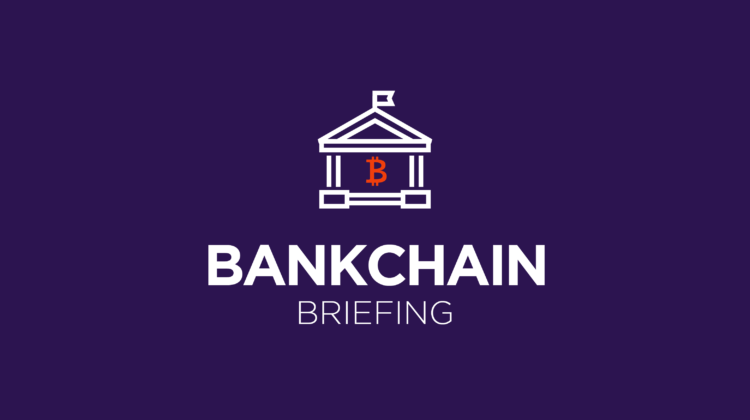Blockchain and Crypto, Member Exclusive
Bankchain Briefing: Behind Betterment’s automated crypto investment offering
- This week, we hear from Jesse Proudman, vice president of crypto investing at Betterment, about why the firm decided to move into crypto.
- We also explore what the introduction of a CBDC in the US would mean for the country’s existing financial infrastructure.





